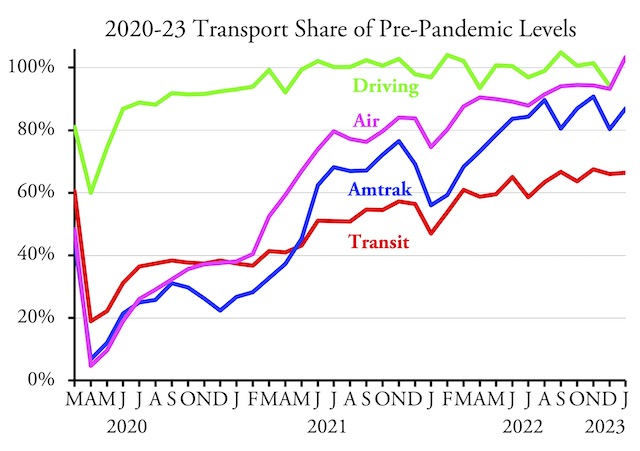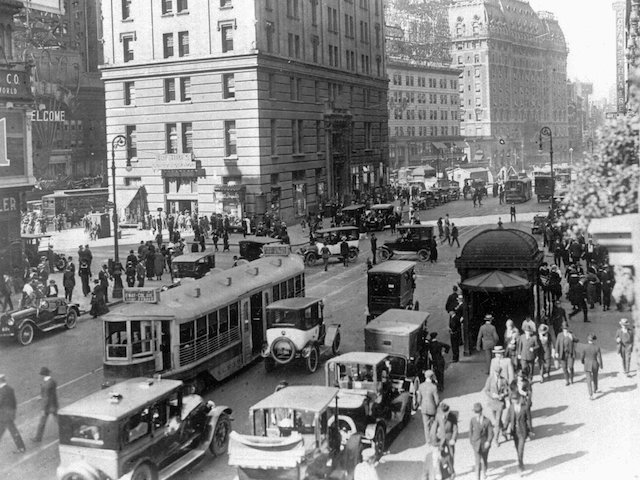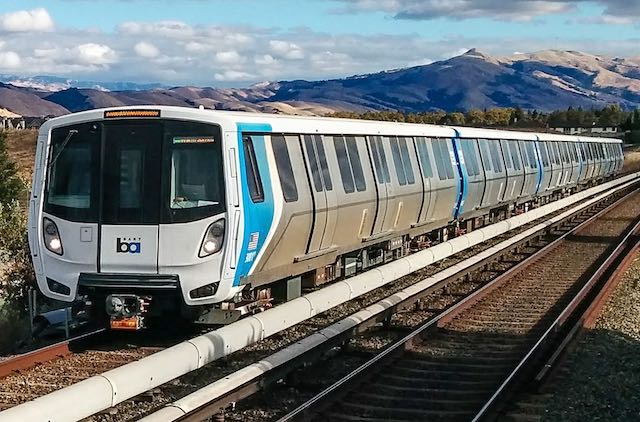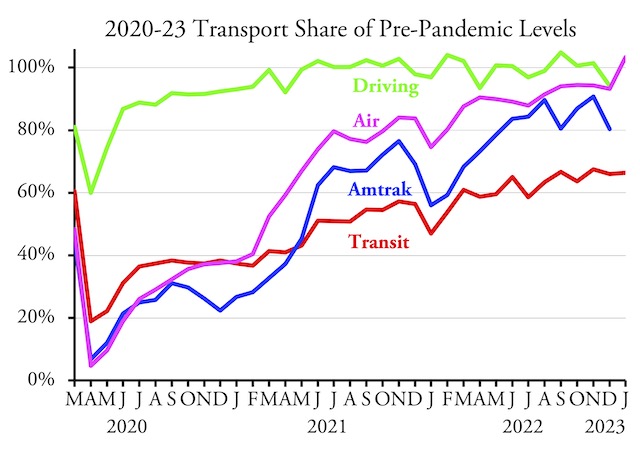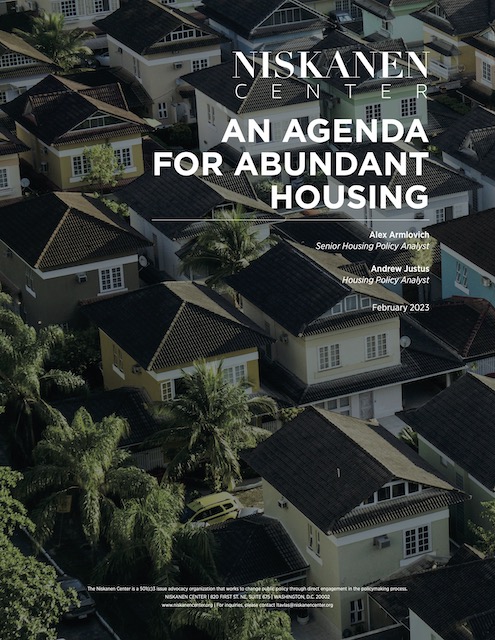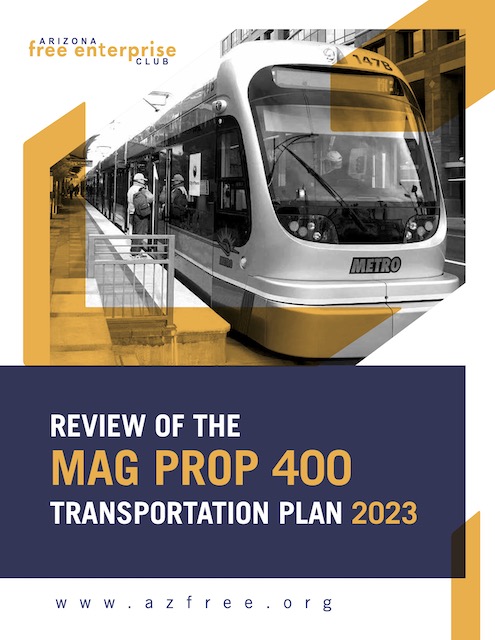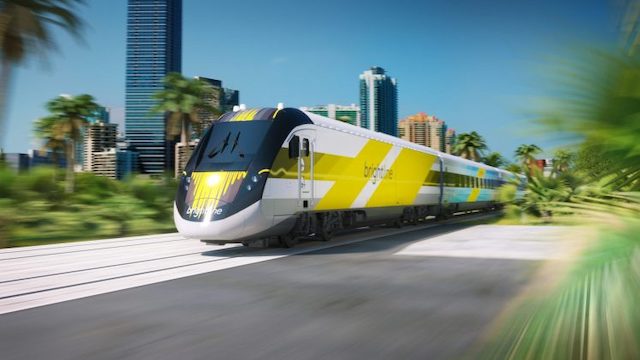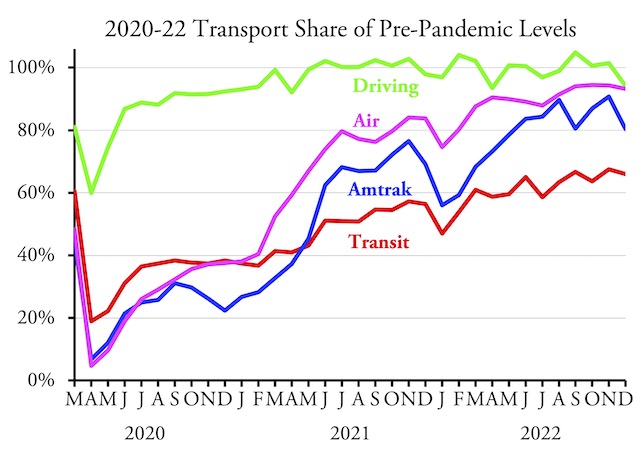More than 5,000 people are homeless in Oregon’s Multnomah County, most of them in Portland, and Oregon has the fourth-highest rate of homelessness in the nation. According to community-service worker Kevin Dahlgren, the problem is that the bureaucracies and non-profit groups that work on the homeless issue spend their time enabling people to remain homeless, rather than trying to rehabilitate them so they can get a job and housing.
The homeless crisis is making parts of Portland unlivable, yet the social service groups “are part of the problem,” says Dahlgren. Instead of getting people permanently off the streets, Portland and other cities are now giving away tents, blankets, and other materials that allow homeless people to remain on the streets. What they should be doing, says Dahlgren, is “ending homelessness by empowering, not enabling” homeless people. Continue reading

